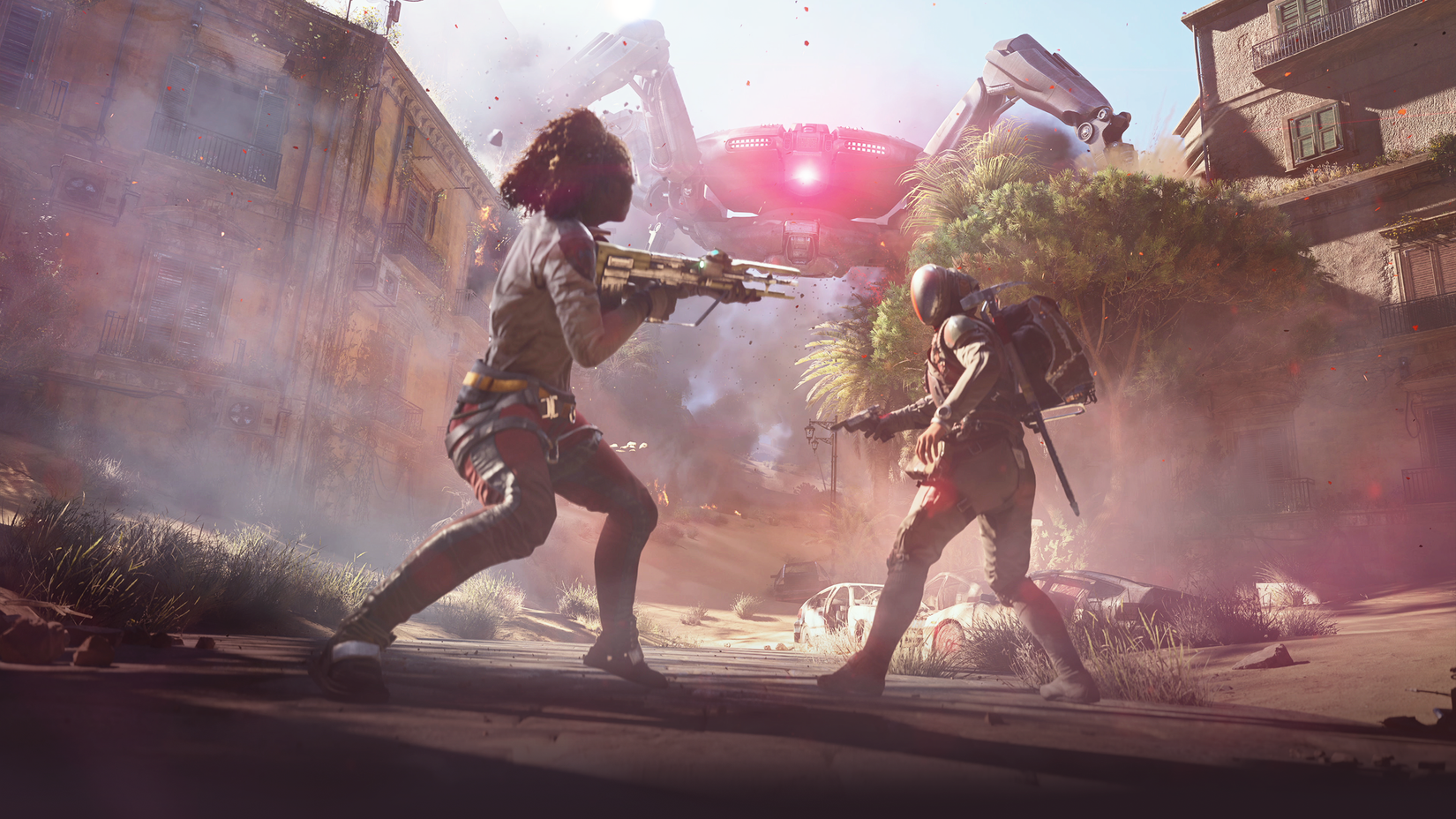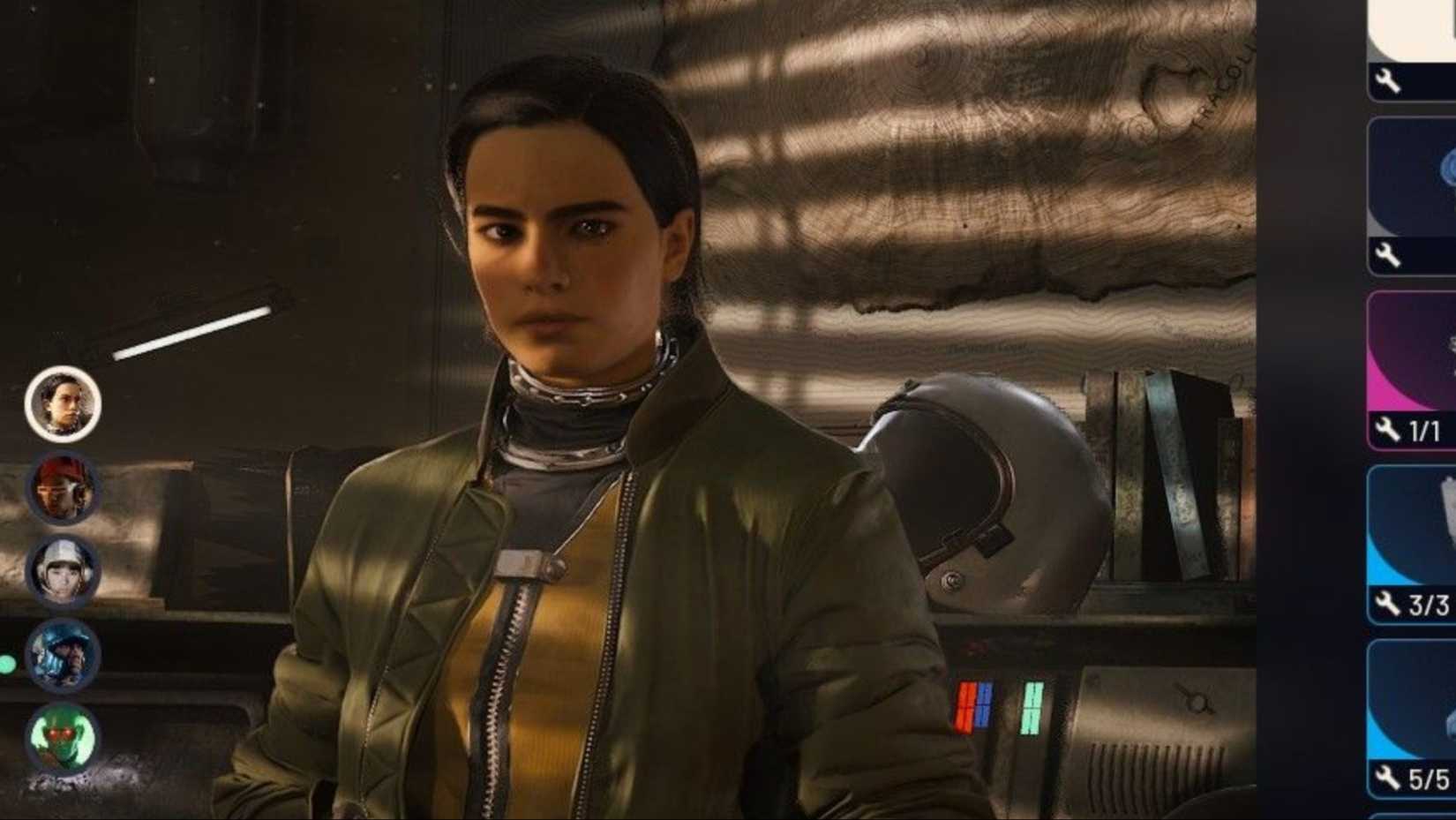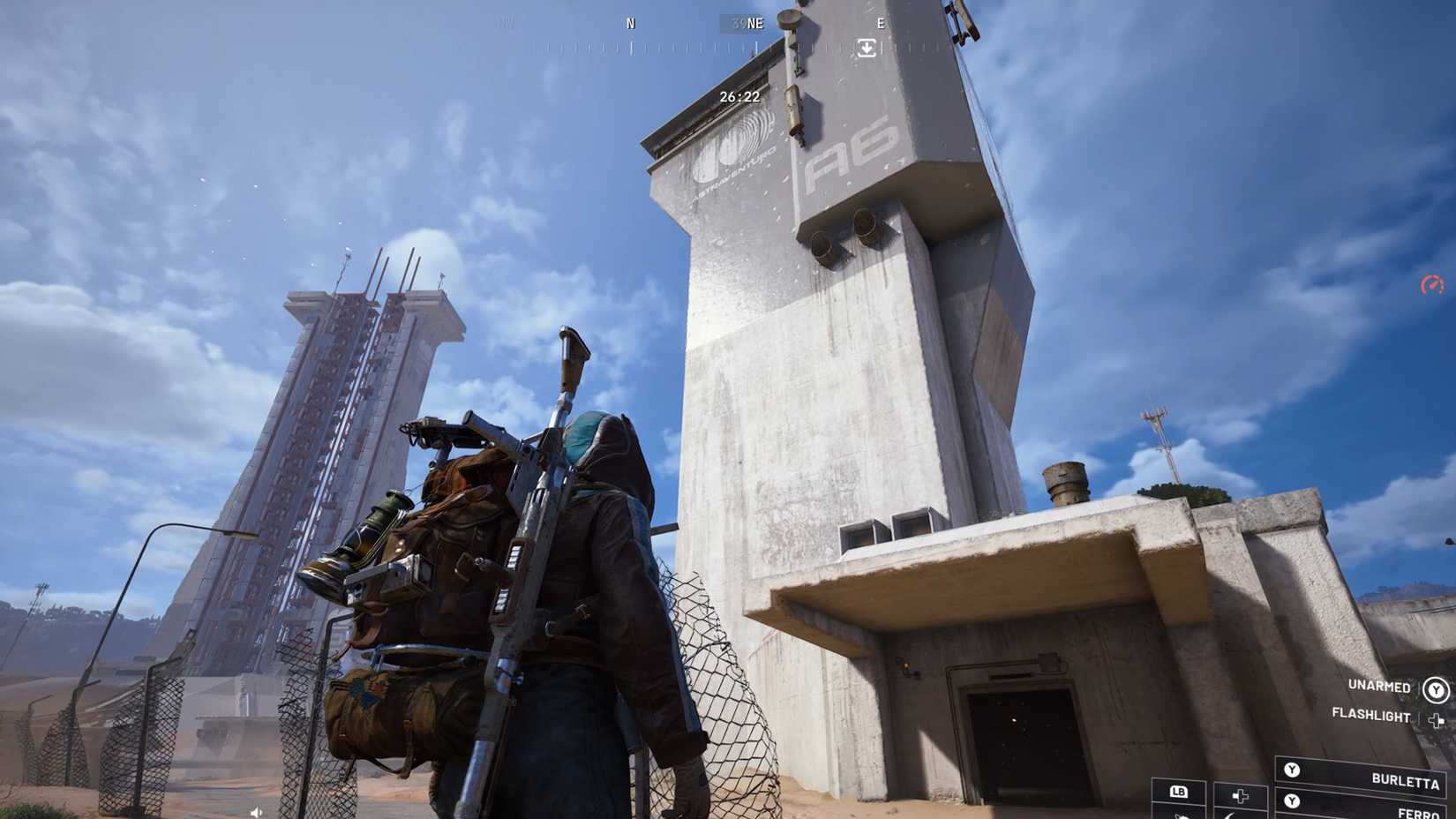Does Arc Raiders Actually Have a Storyline?
As a multiplayer PvPvE game first and foremost, it doesn’t seem like ARC Raiders would have much of a story. On its surface, the story of ARC Raiders seems to serve more as a backdrop for why players are hunting for ARC and fighting other raiders. However, the depth of ARC Raiders‘ lore shows that it has a much more impactful narrative than what meets the eye upon first entering Speranza.
Community is a major theme of ARC Raiders, both in its story and its gameplay initiative, as players can team up in parties of friends or with other solo raiders to take down the game’s biggest ARC enemy threats. This cooperative gameplay fits nicely into the lore and history of ARC Raiders‘ world, serving to enhance the experience for players who take the time to piece together the game’s narrative. While ARC Raiders doesn’t present a straightforward story in the traditional sense, it provides players with enough pieces of lore and live-service updates to create a cohesive storyline that extends beyond a simple gameplay framing tool.
The Story of ARC Raiders So Far
ARC Raiders is set in the distant future year of 2180, where humanity is all but extinct, save for those who have either fled the Earth or have taken to the safety of underground cities, bunkers, and subway stations to survive. While a global environmental collapse was the catalyst for humanity’s downfall, the real struggle came when the ARC machines attacked. The story ARC Raiders players experience takes place in the Rust Belt, a location that was once part of Italy before the apocalypse, which has become a wasteland of deserts and ruined cities.
The Exodus Caused a Rift Between the Survivors of Humanity
As a way to escape the environmental collapse, the wealthiest members of society were able to flee Earth in rockets through an event known as the Exodus. While these survivors of humanity had the means to colonize new systems outside the Earth’s atmosphere, the majority of humanity’s remnants were left to fend for themselves back home, creating a lingering resentment towards those who had abandoned the planet. In the wake of this Exodus, a new faction of raiders arose in order to brave the surface world in the quest for the supplies necessary for taking care of the underground communities, like the city of Toledo, where ARC Raiders players call home.
The First Wave of ARC Pinned Humanity Against a Wall
Sometime after the Exodus, the ARC machines showed up in what became known as the First Wave. In response, raiders teamed up to take on this new threat to humanity’s survival, making a stand against the invading ARC enemies. While it’s not clear where the ARCs originate from — whether they are a product of humankind or extraterrestrial invaders — raiders were able to learn their patterns and behaviors during the First Wave invasion, providing valuable data for future raiders despite the heavy casualties they faced.
ARC Raiders’ Missions Reveal What Happened in the Rust Belt
In the current timeline of ARC Raiders‘ story, the neighborhood of Speranza within Toledo plays host to raiders and acts as a headquarters for those going out on missions topside. There are numerous quests ARC Raiders players can take on from the various NPCs in Speranza. These quests play a major role in revealing some of the history of ARC Raiders‘ world, the Exodus, and the First Wave.
For example, in the Keeping The Memory mission, Celeste wants the player to visit a memorial to those lost in the First Wave in the Formicai Hills on the Dam Battlegrounds. Here, players will need to search through the wreckage of First Wave ARCs to find the helmet of a raider who lost their life in the battle. The environmental storytelling of this quest is representative of the types of lore drops and storytelling techniques ARC Raiders uses to naturally fill players in on the details of the world they inhabit. Each of the quest givers usually provides some commentary on why players are doing what they’re doing to help piece together the history of ARC Raiders.
Each of ARC Raiders’ Maps Fills in a Piece of the Puzzle
The first map players have access to in ARC Raiders is the Dam Battlegrounds, which was home to a major clash between raiders and the First Wave of ARC machines. Throughout the map, players can find clues to what happened during this battle in areas like the Scrap Yard and nearby Wreckage of First Wave machines, which paint a picture of the damage the ARCs did to the infrastructure of the dam itself and its electrical grid.
ARC Raiders‘ Buried City map serves as a glimpse at life before the collapse of humanity, the Exodus, and the First Wave. It features the ruins of buildings that have been swallowed up by sand, including apartments, a library, a hospital, and a shopping district. Most notably, the city seems to have once been called “Marano” based on the signs that label the map’s train station.
The Spaceport map reveals ARC Raiders‘ history with the Exodus, as it features locations like the Rocket Assembly, Control Tower, and Launch Towers that players can explore to see how the wealthy few made their escape from Earth during the apocalyptic collapse.
Blue Gate seems to be a fairly new discovery within the world of ARC Raiders, as many of the quests that take players there involve investigating and repairing structures around it. This map tells the story of raiders rebuilding a location after the destruction caused by the First Wave.
Perhaps the most enigmatic map in ARC Raiders is the new Stella Montis map, which takes place entirely within an abandoned research facility located in the snowy mountains to the north of the Rust Belt. The environmental storytelling of this map suggests that humanity had been preparing for some kind of apocalyptic scenario and sought to preserve humanity in the face of the Earth’s destruction.
Much of the lore surrounding these maps can be found in the ARC Raiders Codex.
While ARC Raiders does a great job of laying the foundation of its narrative through Codex entries and environmental storytelling about the history of its world, the true narrative of the game is being told in real time through player interactions and live-service updates. With the release of ARC Raiders update 1.2.0, players collectively worked to access Stella Montis by contributing resources toward unlocking it. Now that the map is unlocked, players can participate in the Breaking New Ground event as they search Stella Montis to find whatever secrets it may hold.
This type of storytelling ties back to ARC Raiders’ theme of community, where not only does a vibrant community of raiders dealing with the trauma of the past exist in-game, but this community extends to the players in real life. The nature of a live-service game means the story of ARC Raiders is ongoing and largely community-driven. Players are given some of the background for ARC Raiders‘ lore, and they are left to uncover the rest as they scavenge maps, participate in community events, and send their characters out on Expeditions to expand the in-game world of ARC Raiders.

- Released
-
October 30, 2025
- ESRB
-
Teen / Violence, Blood










